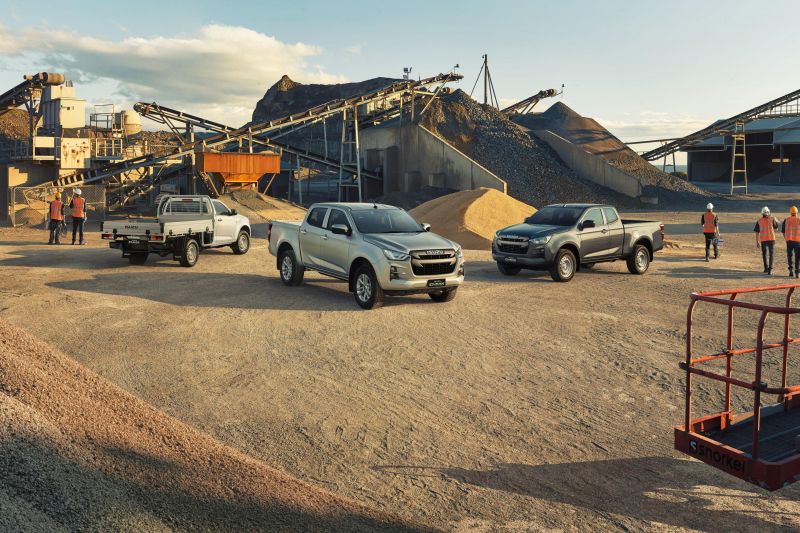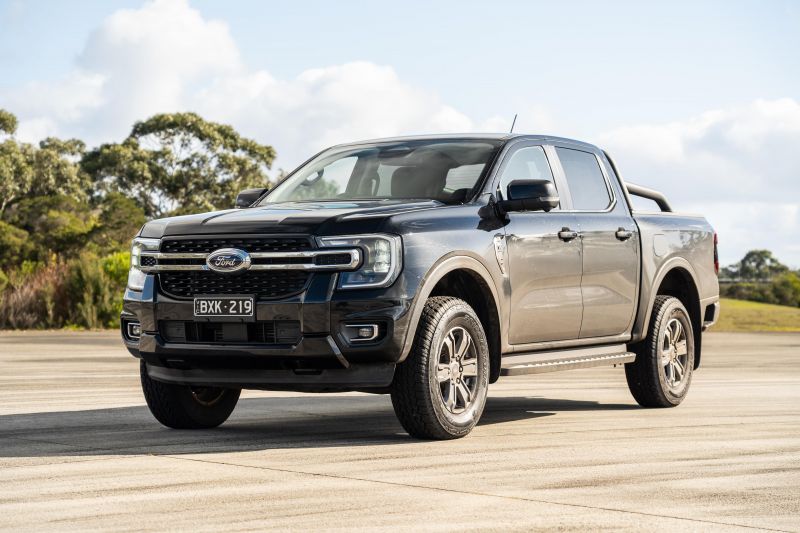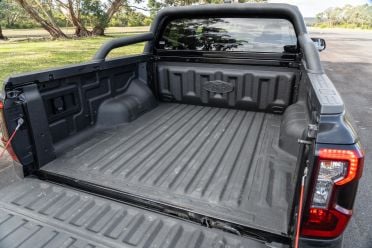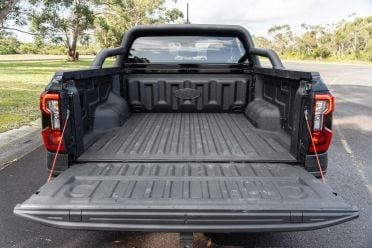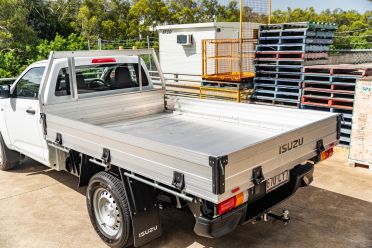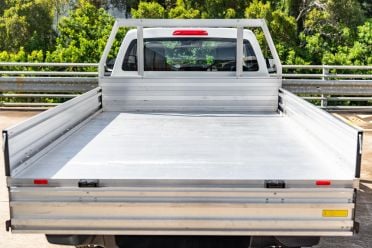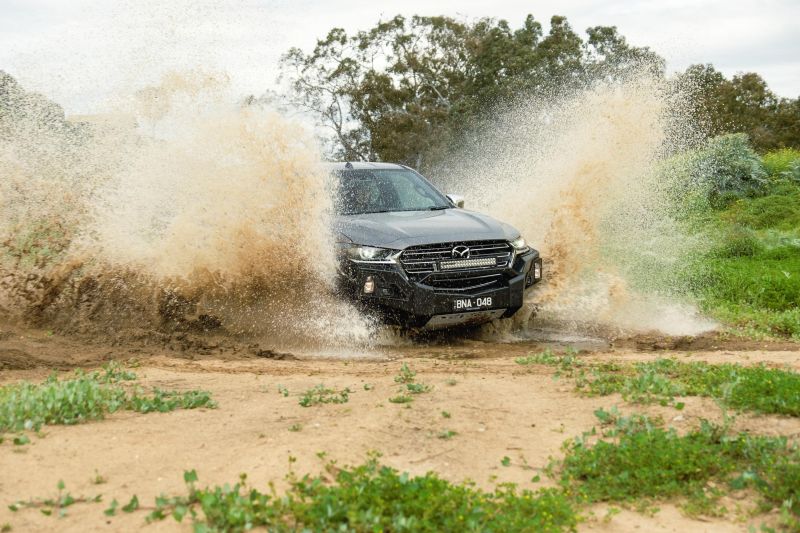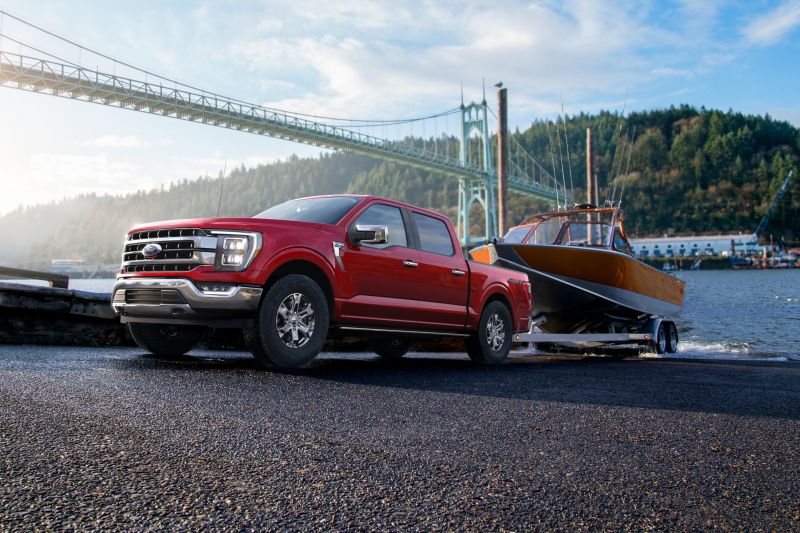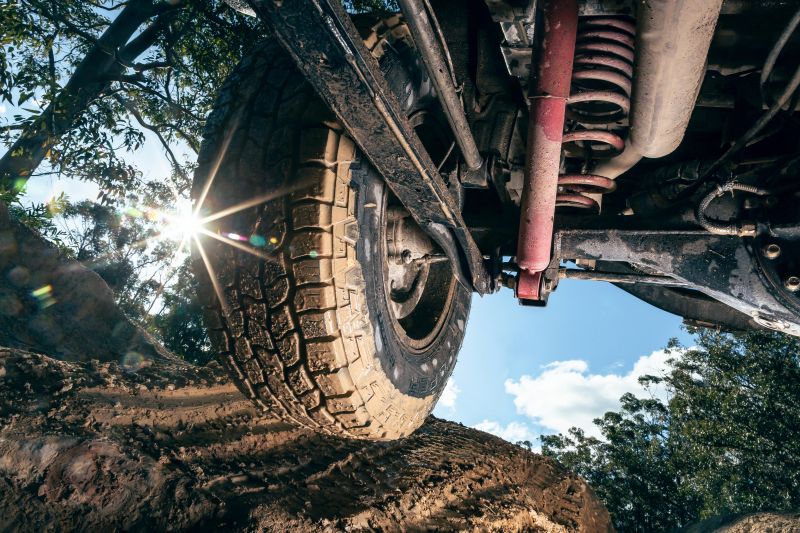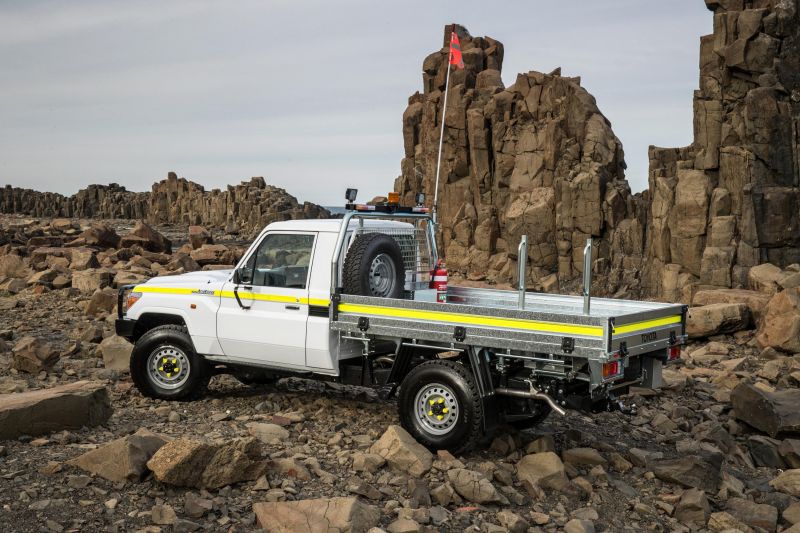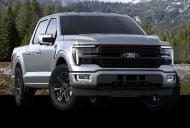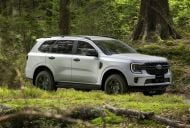Utes are some of the most popular vehicles on the new car market. July figures from VFACTS confirmed the Toyota HiLux remained the best-selling new vehicle, while the overhauled Ford Ranger remains in high demand, with a waiting list for some variants stretching out into 2023.
Despite shortages of certain models, there are around 15 options on offer to ute and pickup truck buyers.
UPDATE, 16/08/2022 10:30am – An earlier version of this story was published with a number of errors. Those errors have since been corrected.
The story should have been more thoroughly fact checked, and we will do better in the future.
– Scott Collie
Selling a ute can arguably be considered the minimum requirement to succeed as an emerging brand, with Chinese newcomers such as LDV and GWM all attempting to make their mark by offering a ute in the Australian market.
The fact today’s utes are often marketed as a unique combination of work vehicles, and lifestyle toys equally at home on a work site as they are towing the family boat to the beach, means a variety of terms are commonly used by dealers to describe the type of ute on offer and its performance capabilities.
Let’s dissect some of the more common terms used today.
Cab type: Single, extra, dual and cab-chassis
The cab (or cabin) is the most common way to describe the specific body style of ute, and can be an indicator of how much space may be inside the ute’s cabin.
A single cab is the least practical option for carrying passengers, offering two doors and seats for a driver and front passenger (in rare cases, there may also be a jump seat).
Single-cab options generally form the entry level, and cheapest, body style in the line-ups of most ute manufacturers, with the caveat that upper trim levels may not be available in the single-cab style.
Being the least practical option for carrying people, single-cab utes are best suited to bigger fleet customers or private buyers who want to haul a big load of stuff in the tray, but not much more. They tend to offer the biggest payloads of any ute.
Many ute manufacturers also offer an extra cab or super cab option. This stretches the single cab slightly to include a pair of small rear-hinged doors (often called suicide doors) and rear seats. The super cab option is ideal for buyers who need to accomodate four passengers in a pinch, but primarily carry two passengers, and may not be able to afford a full dual-cab ute.
With two full-sized rear doors, dual-cab utes are the most practical body style when it comes to carrying people.
These utes are generally designed to perform as a family or recreational vehicle, with many options offering adequate legroom for adults. Flagship variants of some utes, such as the Ford Ranger Raptor, may exclusively be available as a dual-cab option.
Being able to carry goods in an array of shapes and sizes is one of the most appealing aspects of a ute, which means that the type of rear storage space is an important decision to make during purchase.
If you order your ute with a pickup tub body, the tray is designed to flow on from the design of the cabin. It’s generally body coloured, and some effort is made to ensure the sheetmetal creates a cohesive silhouette.
Apart from creating a much more cohesive look, tubs generally offer deep sidewalls that can prevent loose materials or taller goods from shifting around. Depending on the model, tubs may offer accessories such as integrated power sockets or other features that can enhance their usefulness.
Many utes are also available in a simpler cab-chassis alternative where, instead of an integrated tub, a simpler aluminium or steel drop tray is fitted. These may offer greater overall payload capacity, will be free of any wheel-house intrusions and, as they can be wider than the cab, may also be able to carry more awkwardly sized goods or wider pallets.
Depending on the purchaser’s budget, the drop tray also has the potential to be swapped out for more sophisticated alternatives (such as custom-made options with drawers or other features) in the aftermarket.
Driven wheels: 4×2 vs 4×4
These acronyms refer to a ute’s driven wheels, and are an important indicator of off-road ability.
A ute marketed as 4×2 will only be able to drive two wheels (usually the rears) at any time, and is therefore likely unsuitable for serious off-road work or traversing rougher terrain.
A 4×2 ute will generally be cheaper than a 4×4 alternative, it is best suited for use on sealed roads and perhaps very light off-road duties such as travelling on gravel.
In contrast, a ute marketed as 4×4 will be able to send power to all four wheels. They generally also feature low-range, to multiply the engine’s torque when off-road.
Unlike most SUVs and their on demand all-wheel drive (AWD) systems, 4×4 systems in many utes are not suited to use on tarmac.
Exceptions to this rule include the Volkswagen Amarok, certain versions of the Mitsubishi Triton, and the new Ford Ranger V6, versions of which are available with a full-time system.
For further information on 4×4 systems in utes, including the difference between 4H high-range, 4L low-range and hill-descent control, please see our explainer.
Towing capacities: Braked and unbraked
Given towing ability is one of the primary reasons to buy a ute, towing capacities are a key factor here.
The braked towing capacity refers to the maximum aggregate mass of a trailer with its own brakes a ute is able to haul.
The current benchmark for braked towing capacity is 3500kg, although trucks larger and more specialised than the Ranger and HiLux can haul more.
Correspondingly, the unbraked towing capacity of a ute refers to the aggregate mass it can tow of a trailer without brakes. This is usually significantly lower than the braked towing capacity, which on dual-cab utes in Australia is 750kg.
For further information about towing capacities and associated terminology, please see our previous story on towbars, hitches and weights here.
Suspension: Rear leaf vs coil springs
Working out how to balance ride and handling in passenger cars is tough. For utes, manufacturers also have to balance these considerations with load-carrying capacity and off-road ability.
While every ute on sale today features independent, coil-sprung front suspension, manufacturers are divided on whether to fit coil or leaf springs to the rear of their ute.
Leaf springs are a design that has long been phased out for use in most passenger vehicles. A leaf spring consists of multiple strips of metal (usually steel) that overlap, and are sandwiched together and bound by metal clamps.
These strips form a curved shape, which can bend up and down in response to bumps or other imperfections on the road.
The design of leaf springs means on their own, they cannot provide as smooth a ride as coils. However, by layering sheets of metal on top of each other, they offer a robust design that has a greater capacity to handle heavier loads and provide a reasonably comfortable ride whilst doing so.
In fact, many utes equipped with leaf springs offer a smoother ride when carrying a load, rather than no load at all.
Coil springs, in contrast, may not necessarily offer the same load carrying capabilities as a leaf spring setup, but are generally billed as more comfortable in terms of the ride quality they offer – though much of this comes down to tuning.
The Nissan Navara and Ford Ranger Raptor are two examples of utes that utilise a coil-sprung rear end.




